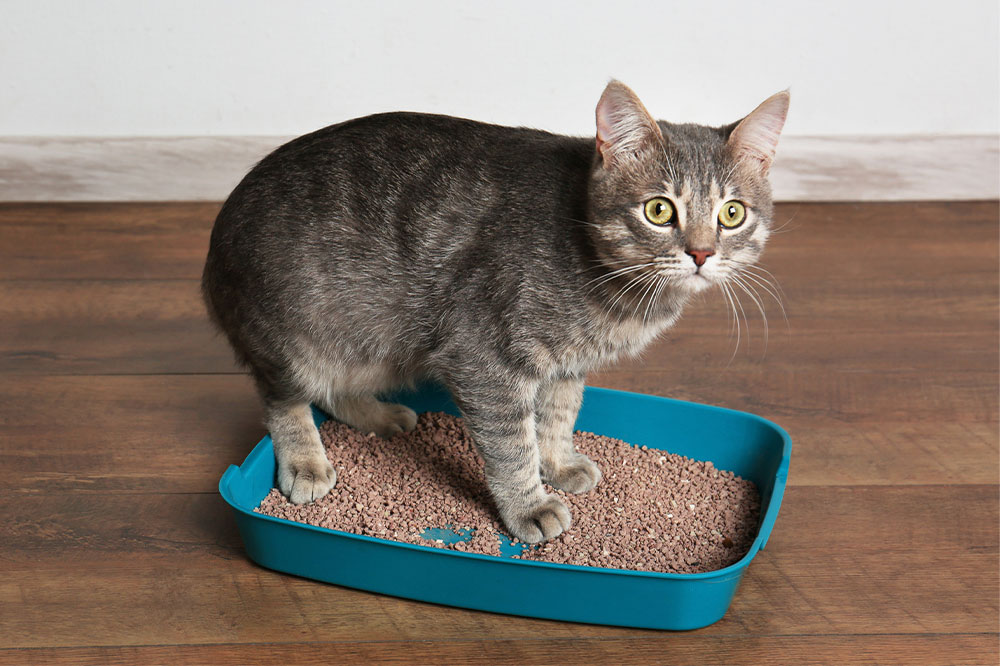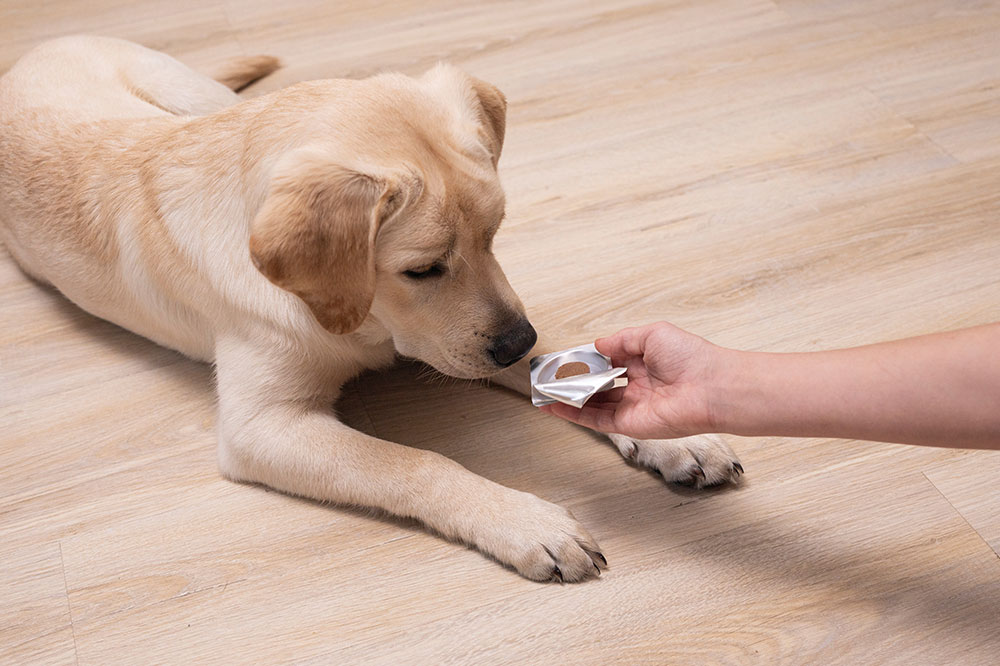Comprehensive Guide to Solving Common Cat Litter Box Problems
Struggling with your cat’s litter box habits? This comprehensive guide provides expert tips on choosing the right location, maintaining cleanliness, and selecting suitable litter to encourage proper bathroom behavior. Address health concerns with veterinary advice and create a comfortable environment for your feline. Learn practical strategies to prevent accidents, reduce stress, and improve your cat’s overall hygiene. Perfect for pet owners seeking effective solutions for litter box challenges, this article covers everything you need to foster healthier habits for your beloved cat and ensure a cleaner, happier home.

Comprehensive Strategies for Overcoming Cat Litter Box Challenges
Dealing with litter box issues is a common concern for cat owners. Whether your feline friend is avoiding the litter box altogether or urinating outside the designated area, these problems can be frustrating and worrisome. Understanding that such behavior may stem from health issues, environmental factors, or behavioral patterns is essential in addressing the root causes effectively. Fortunately, there are numerous proven strategies you can implement to encourage proper bathroom habits and improve your cat’s overall well-being.
Begin with a veterinary consultation The first step should always involve taking your cat to a veterinarian. Numerous health conditions can interfere with normal litter box use, including urinary tract infections, bladder stones, constipation, arthritis, or diabetes. These issues cause discomfort or pain, leading your cat to avoid the litter box. A thorough vet examination, including urine tests, stool analysis, and blood work, can help identify any underlying medical problems. Treating these conditions often resolves litter box avoidance and promotes healthier habits.
Select an ideal location for the litter box The placement of the litter box plays a critical role in encouraging your cat to use it consistently. Cats prefer quiet, private, and low-traffic areas for bathroom activities. Choose a spot away from noisy appliances or household traffic, such as a quiet corner in a laundry room or bathroom. Avoid placing the box in isolated or dark areas like basements or garages, which can deter your cat from approaching it. Additionally, ensure the box isn’t near their food bowls or bedding to prevent stress or accidents caused by aversion to certain smells or sensations.
Provide sufficient litter boxes for your household Proper management of multiple cats involves providing enough litter boxes to prevent territorial disputes and stress. The general rule is to have one litter box per cat, plus an extra, to reduce competition and ensure all cats have access. Place these boxes in different areas of the home so your cats can choose their preferred location. This approach minimizes accidents and encourages use, especially when individual cats seek privacy.
Maintain a clean and appealing environment Cleanliness is key to promoting consistent litter box use. Scooping the litter daily removes waste and neutralizes odors, making the box more inviting for your cat. Wash the entire box weekly with unscented, mild soap and warm water to prevent bacterial buildup. Cats have an acute sense of smell, and a dirty or smelly litter box can cause them to seek alternative bathroom spots. Regular cleaning not only encourages regular use but also reduces the risk of litter box-related stress and potential behavioral issues.
Experiment with different types of cat litter Cats can develop individual preferences for certain textures or scents, which can influence their willingness to use the litter box. If your cat is refusing to go, try various litter types such as clumping, non-clumping, silica gel, newspaper, sand, sawdust, or even shredded paper or carpet remnants. Observe their reactions and preferences over time. Sometimes changing the brand or texture of litter can significantly improve litter box compliance and comfort for your feline companion.
Additional tips for a healthier litter box environment Besides the primary factors mentioned, consider other aspects such as ensuring proper litter depth (usually 2-3 inches), using odor control litters, and avoiding scented or heavily perfumed options. Also, keep the litter box at a comfortable height; boxes that are too high or low may be inconvenient for senior cats or those with mobility issues. Making small adjustments tailored to your cat’s preferences can lead to a more consistent and hygienic litter box routine, reducing the likelihood of accidents and behavioral problems.





